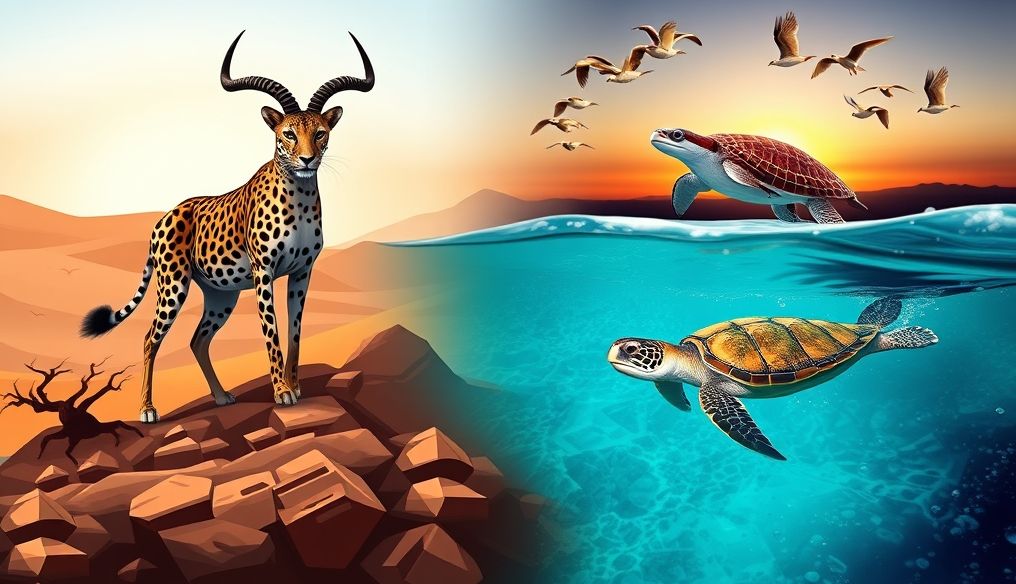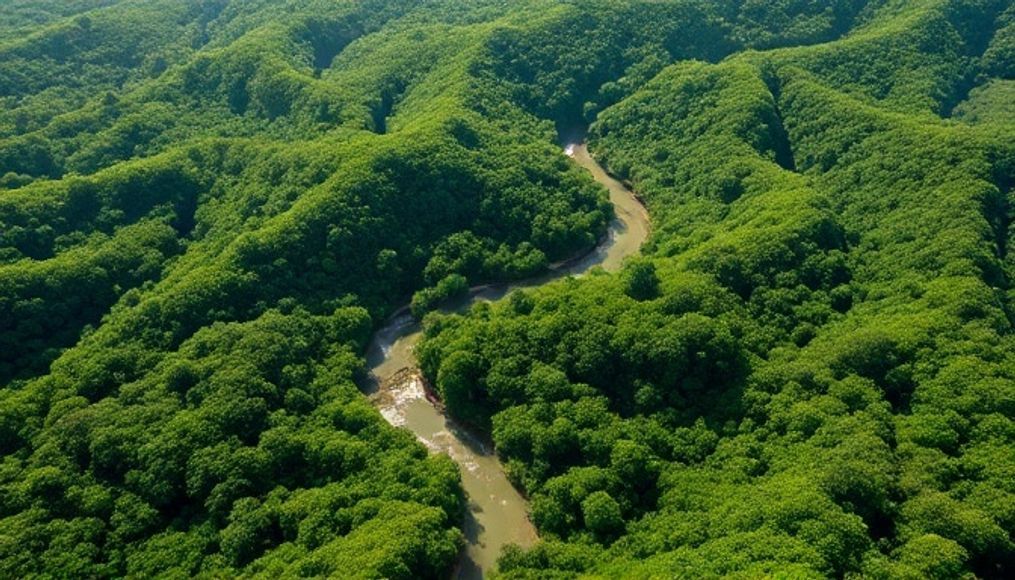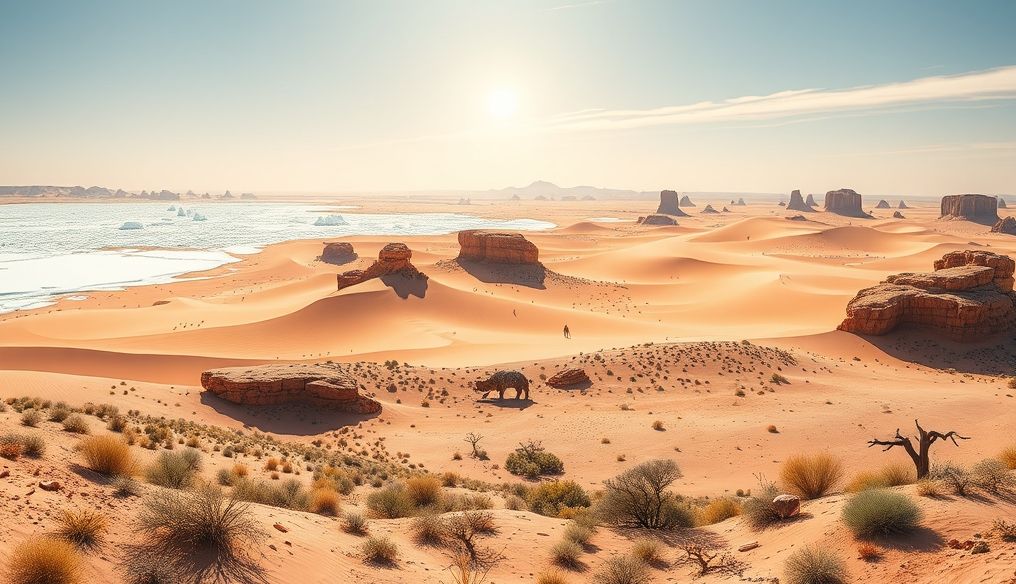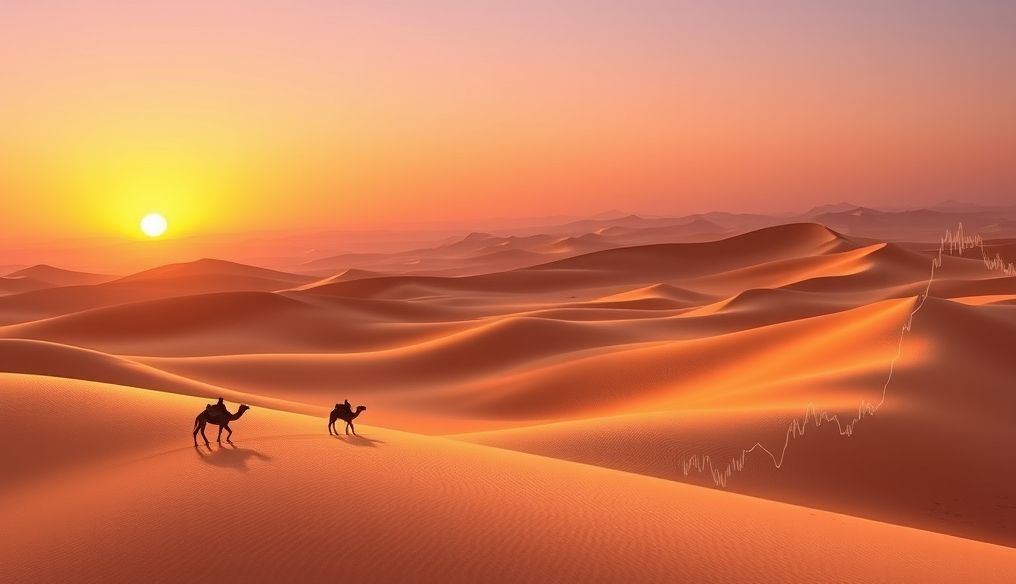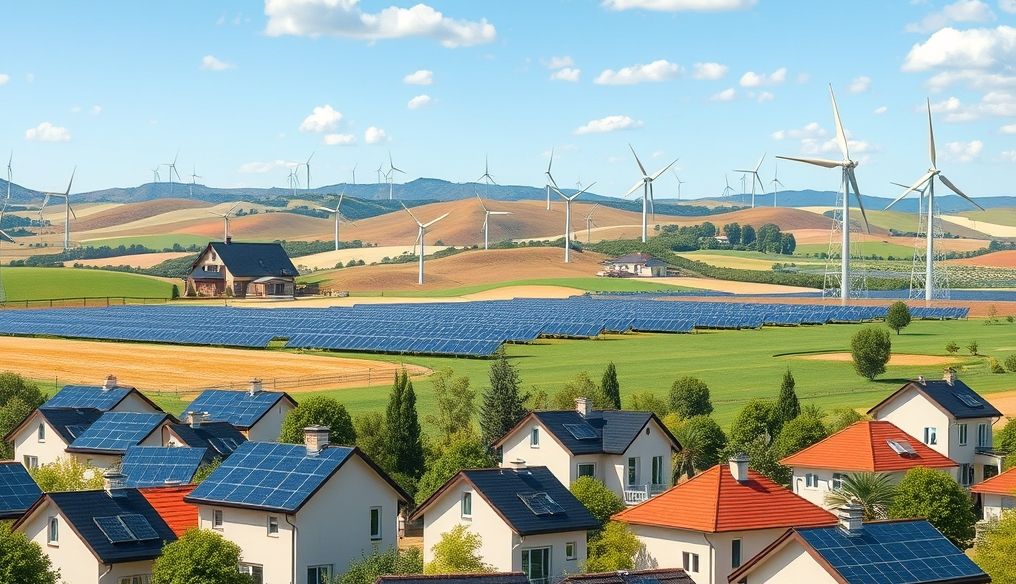What are the Endangered Animals in Our Region and How Can We Protect Them?
The issue of animal extinction is one of the most serious environmental challenges facing our world today, and our region is not immune to this problem. The extinction of living species significantly affects the ecological balance and reduces biodiversity, which in turn affects the lives of humans and animals alike.
Reasons for Animal Endangerment in Our Region
Several factors contribute to the endangerment of animals, the most important of which are:
Loss of Natural Habitats
The destruction of natural habitats is a primary cause of animal extinction. Urban expansion, deforestation, and the conversion of agricultural land all lead to animals losing the areas where they live and reproduce.
- Urban Expansion: Leads to the construction of cities and villages at the expense of wilderness areas.
- Deforestation: Causes the loss of trees and green spaces that are home to many animals.
- Conversion of Agricultural Land: Changes the nature of the land and makes it unsuitable for wildlife.
Overhunting
Overhunting, whether for trade or recreation, threatens many animals with extinction. Some animals are hunted for their fur, horns, or organs, leading to a significant decrease in their numbers.
Environmental Pollution
Environmental pollution, whether it is air, water, or soil pollution, negatively affects the health of animals and their ability to survive. Toxic chemicals and industrial waste can poison animals or destroy their habitats.
Climate Change
Climate change leads to rising temperatures, changing rainfall patterns, and increased intensity of extreme weather events, affecting the distribution of animals and their ability to adapt to new conditions. Some animals may not be able to migrate or adapt quickly enough, increasing their risk of extinction.
Examples of Endangered Animals in Our Region
There are many endangered animals in our region, the most prominent of which are:
Arabian Oryx
The Arabian Oryx is a mammal that lives in the deserts and was on the verge of extinction in the 1960s. Thanks to conservation efforts, the Arabian Oryx has been reintroduced to some areas, but it is still threatened by habitat loss and hunting.
"The Arabian oryx was hunted to near extinction in the 20th century. Conservation efforts have been successful in reintroducing the species to the wild."
Arabian Leopard
The Arabian Leopard is a subspecies of leopard that lives in the Arabian Peninsula. The Arabian Leopard is considered highly endangered, with only a very small number remaining in the wild. The Arabian Leopard is threatened by habitat loss and hunting.
Sea Turtles
Sea turtles in our region face significant threats due to marine pollution, accidental capture in fishing nets, and the destruction of nesting sites. Several species of sea turtles are endangered, such as green turtles and hawksbill turtles.
Migratory Birds
Our region is an important stopover for many migratory birds, but these birds face significant threats due to habitat loss along their migration routes, illegal hunting, and climate change.
How Can We Protect Endangered Animals?
There are many actions that can be taken to protect endangered animals, the most important of which are:
Protecting Natural Habitats
We must work to protect the natural habitats of animals by establishing nature reserves, enforcing strict laws to prevent the destruction of forests and wilderness areas, and promoting sustainable agriculture.
Combating Overhunting
We must combat overhunting by enforcing strict laws to prevent illegal hunting, raising awareness of the importance of wildlife conservation, and supporting local communities that rely on ecotourism.
Reducing Environmental Pollution
We must reduce environmental pollution by enforcing strict laws to limit emissions from factories and vehicles, promoting the use of renewable energy, recycling waste, and cleaning beaches and waters.
Adapting to Climate Change
We must adapt to climate change by taking measures to reduce greenhouse gas emissions, developing sustainable agriculture techniques, and protecting coastal areas from rising sea levels.
Awareness and Education
We must raise awareness of the importance of conserving endangered animals through awareness campaigns, educational programs, and the media. We must also encourage community participation in conservation efforts.
The Role of Individuals in Protecting Endangered Animals
Individuals can play an important role in protecting endangered animals by taking the following actions:
- Supporting Environmental Organizations: Individuals can support environmental organizations that work to protect endangered animals through donations or volunteering.
- Reducing Consumption: Individuals can reduce their consumption of natural resources by recycling, conserving water and energy, and buying sustainable products.
- Spreading Awareness: Individuals can spread awareness of the importance of conserving endangered animals by talking to friends and family and sharing information on social media.
- Participating in Environmental Activities: Individuals can participate in environmental activities such as cleaning beaches and planting trees.
Conclusion
Protecting endangered animals is a shared responsibility that falls on governments, organizations, and individuals. By taking the necessary actions to protect natural habitats, combat overhunting, reduce environmental pollution, and adapt to climate change, we can preserve biodiversity in our region and ensure a better future for future generations.
Sources:
